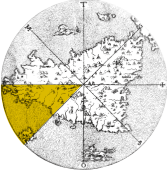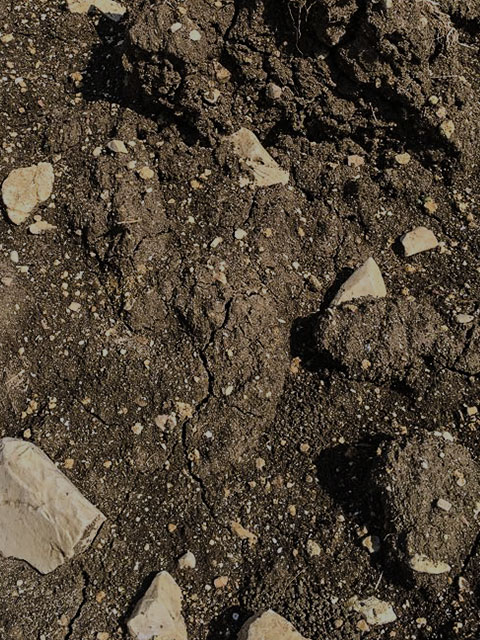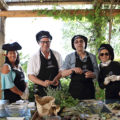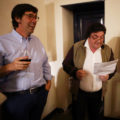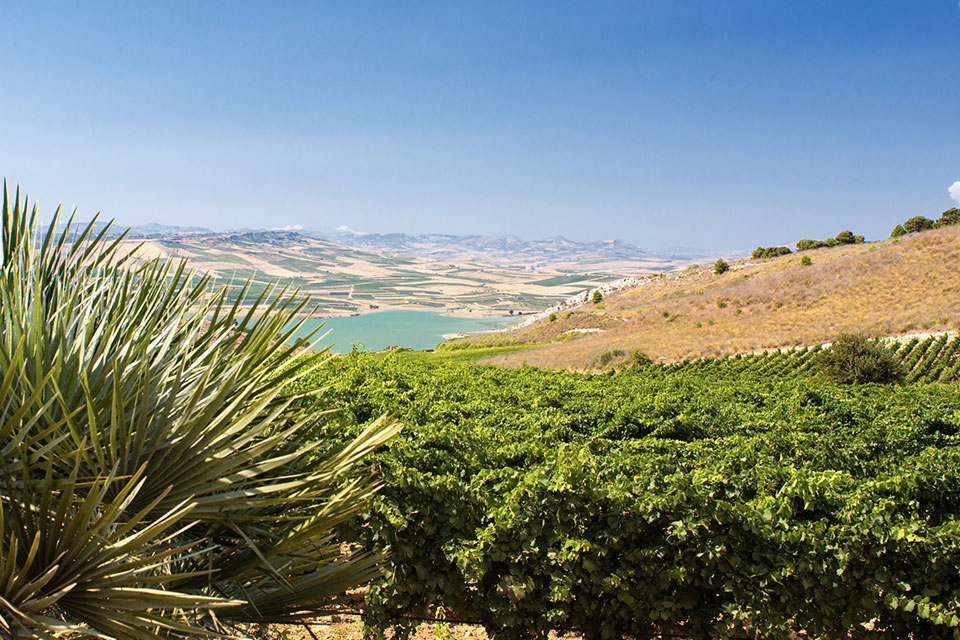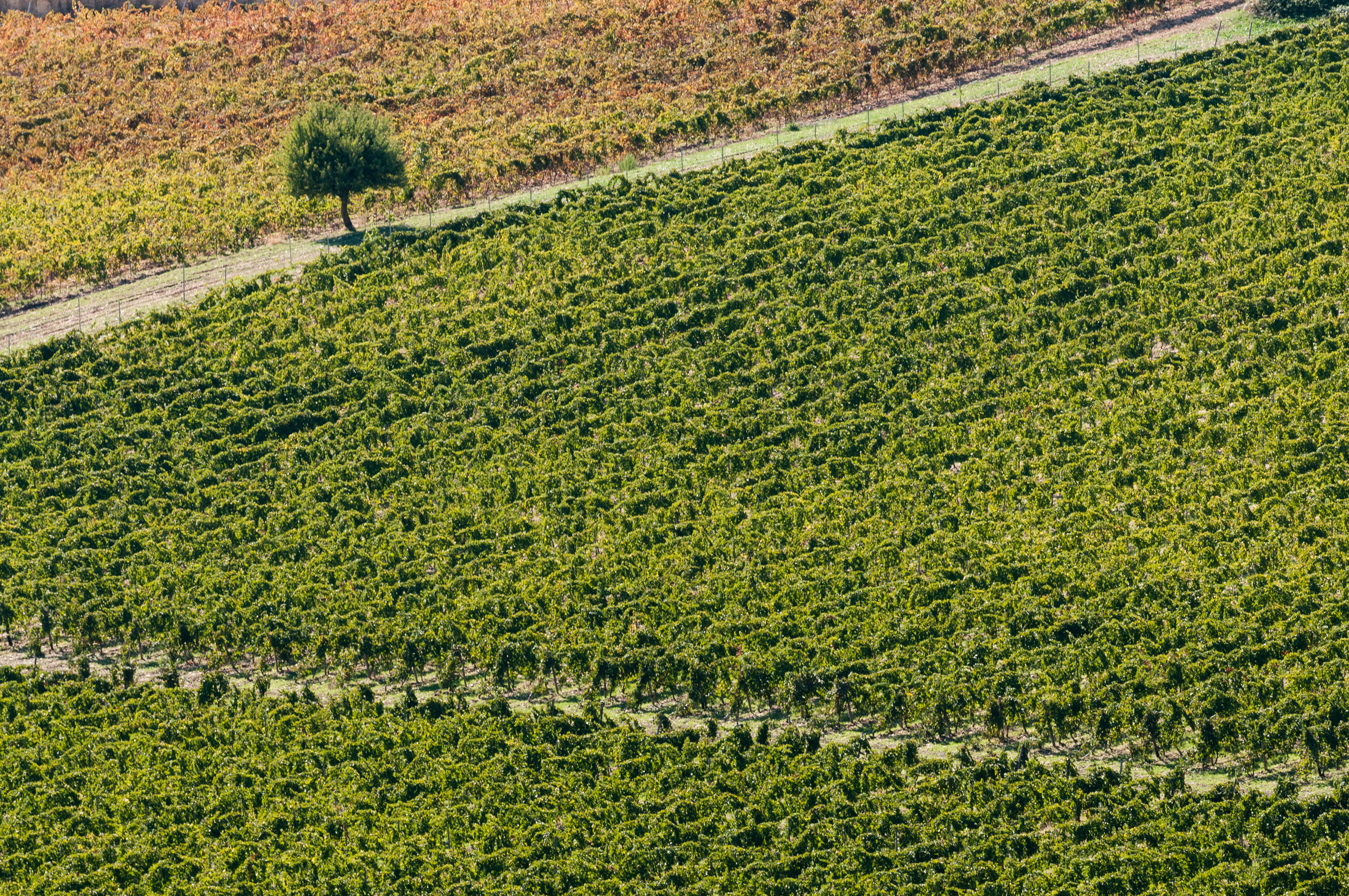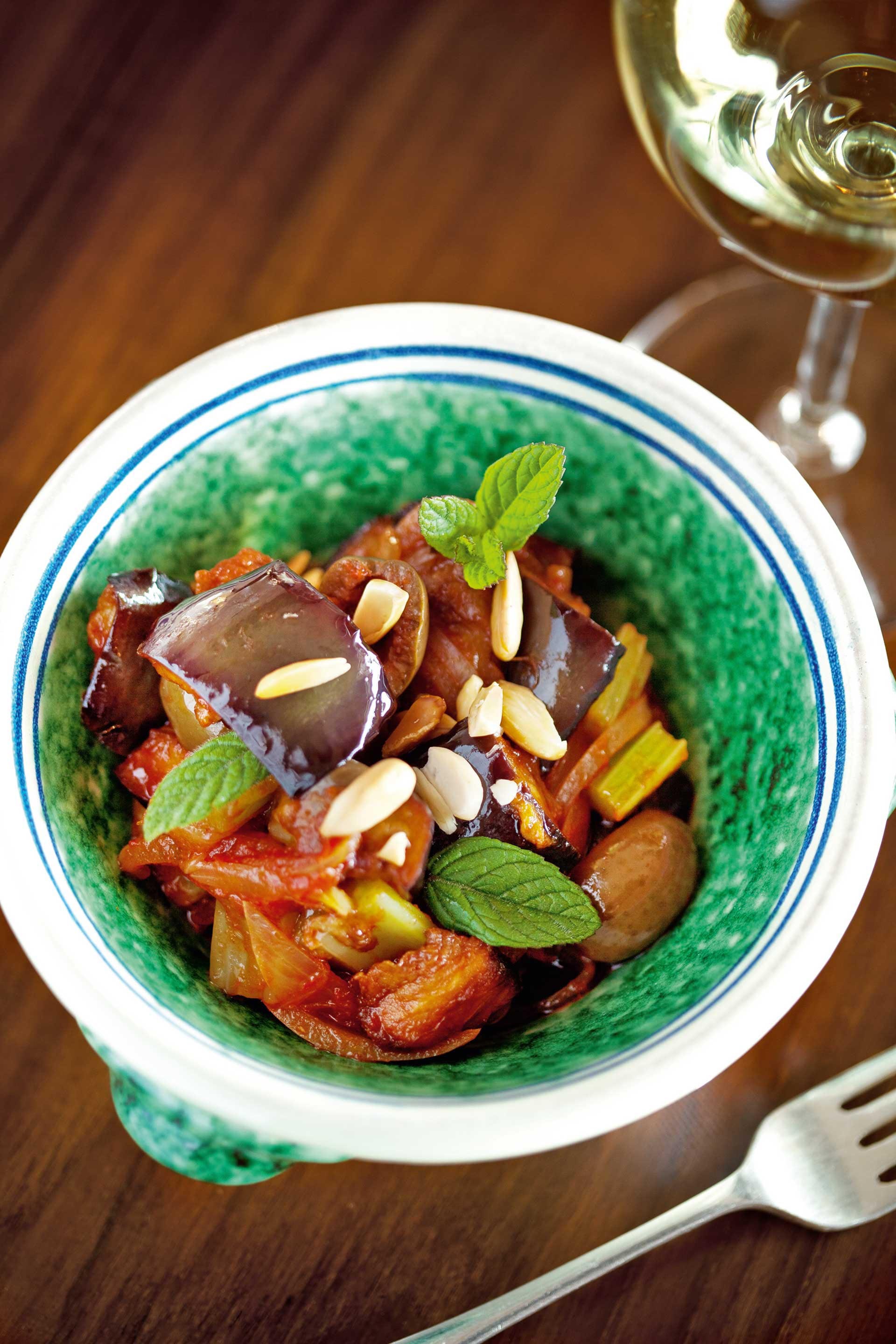A particularly cool harvest, better for red wines than white.
Harvest with dual results after a particularly cool August and wet September; excellent early varieties but less so the later ones.
Hot August and cool September with some rain following a winter with sparse rain.
Cycle of warm harvests begins with hot dry conditions throughout.
A vintage characterised by winter and spring with little rain, very hot August and cool dry September. Whites hot and reds tannic.
Almost perfect vintage for whites with ideally bright hot July and August. Well concentrated reds with hot clear tannin.
The cooler summer (as in 2004) provided varietal reds with dense soft tannin.
Slightly more rain than usual invigorated some of the harvest, resulting in reds with colour and body.
Slightly more rain than usual invigorated some of the harvest, resulting in reds with colour and body.
A cold wet winter and spring perfectly prepared the grapes for harvesting which began 15 days late in cool moderate conditions.
Abundant spring and winter rain perfectly prepared the vineyards for summer and autumn ripening. The surprisingly fresh and cool temperatures of July, August and September achieved the rest, with the grapes arriving at the winery in perfect condition.
The grapes are sound, the yield generally about 10% down, though 20% lower for Merlot, Nero d'Avola and Frappato.This vintage can be described as luminous and sunny. All the sun-loving varieties such as Syrah and Nero d'Avola are of extraordinary richness. The whites are rich, creamy, and well-defined by type of grape.
After two short but intense heatwaves, typical for the period from 20th July to 15th August, it stayed fine, temperatures stabilized, and persistent high pressure presented us with a vintage with no rainfall the first slight shower arrived on 25th September! and with amazing maturation. Forthose who enjoy comparisons, in our reckoning the recent years most similar to 2007, in Sicily, are 1997 and 2001.
Therefore, grapes had a fresh and dry climate all the way to the harvesting, without any excessive heat, but with ideal temperatures for ripening. grapes were absolutely wholesome, and did not need to undergo any phytosanitary defence interventions. The result was a superb vintage, the indigenous varieties are absolutely excellent. Syrah is just perfect: a dry and luminous vintage provided us with a superior quality. The other French varieties are intense and varietal; the Nero d'Avola, the part of La Segreta Rosso blend, is at its top.
Temperatures have increased markedly since August 20, while maintaining the proper level of humidity and avoiding dehydration and concentration of the fruit. Harvesting grecanico ended the last days of September.
The climatic conditions prevailing during the 2010 harvest were particularly favourable. In 2009 the autumn finished with abundant rainfall, ideal for setting the vines to rest. The winter had normal temperatures and not too much rain. The spring was also average, with rain at the end. The summer began with cooler temperatures until the middle of August, when the temperature then rose to assist perfect ripening. Around 20th September rain assisted the harvest at Vittoria. On the other hand the beginning of summer on Etna was fairly dry but the rains at the end of September were useful and prolonged the harvest until 21st October. Might 2010 be one of the best vintages out of the previous ten? It is early to say but it is certainly a super vintag.
But then in the spring the situation changed; copious rain fell even relatively late in the season and prepared the vineyards to perfection. The summer was hot without being excessively so, and the grapes were able to ripen without a flaw.
The harvest here registered a sharp drop in production of the early varieties such as Chardonnay and Viognier, an amazing quality especially for Nero d'Avola and Syrah as well as Cabernet Franc, which are rich and varietal with an excellent tannic structure. The harvest was completed with the harvest of Grecanico, a variety that prefers drier weather. For this reason, the grapes are fully intact thanks to a climate free of moisture.
Beautiful white wines, produced by a cool and bright July and August. A richer Chardonnay without more alcohol. A super-aromatic Fiano and average Grecanico. The reds, Merlot and Cabernet, benefitted from a cooler harvest with a thick dense tannin structure, thanks to extended ripening. Syrah prefers a dry September and is rather less than excellent. Nero d’Avola is fresh and fruity as rarely before.
A great vintage for two perfectly combined reasons: a rainier spring than the average for the past ten years, especially in June, and therefore vines that face the summer stress-free, and a rain-free period of ripening of the grapes with July, August and September completely dry. To say the least, these are the ideal temperatures and quantity of light, with July cooler since 2004; on the contrary, the brightest September (since 2007) and, to best complete the ripening of the reds, the absolute hottest of the series analyzed. The perfect vintage!
A year which enhanced the indigenous varieties, particularly Grecanico, very aromatic, and a glorious Nero d’Avola with fruit, density and compact tannins as never before. Fiano is good, Chardonnay more consistent. Merlot and Syrah at their peak, thanks to the weather. The Cabernet is perhaps slightly rigid.
At Menfi in the south-west had little rainfall and temperatures slightly colder than 2015, followed by a beautiful spring with rain in March and showers generally, which prepared the vines well. The cooler summer with average temperatures between June and September being well below those of 2015 contributed to a fine harvest. The result has been aromatic and balanced white wines with Chardonnay, Grecanico and Grillo peaking in quality, and the big French reds with particularly dense and ample tannins thanks to long slow ripening. Nero d’Avola in particular, thanks also to the lower production, is very aromatic and colourful.

